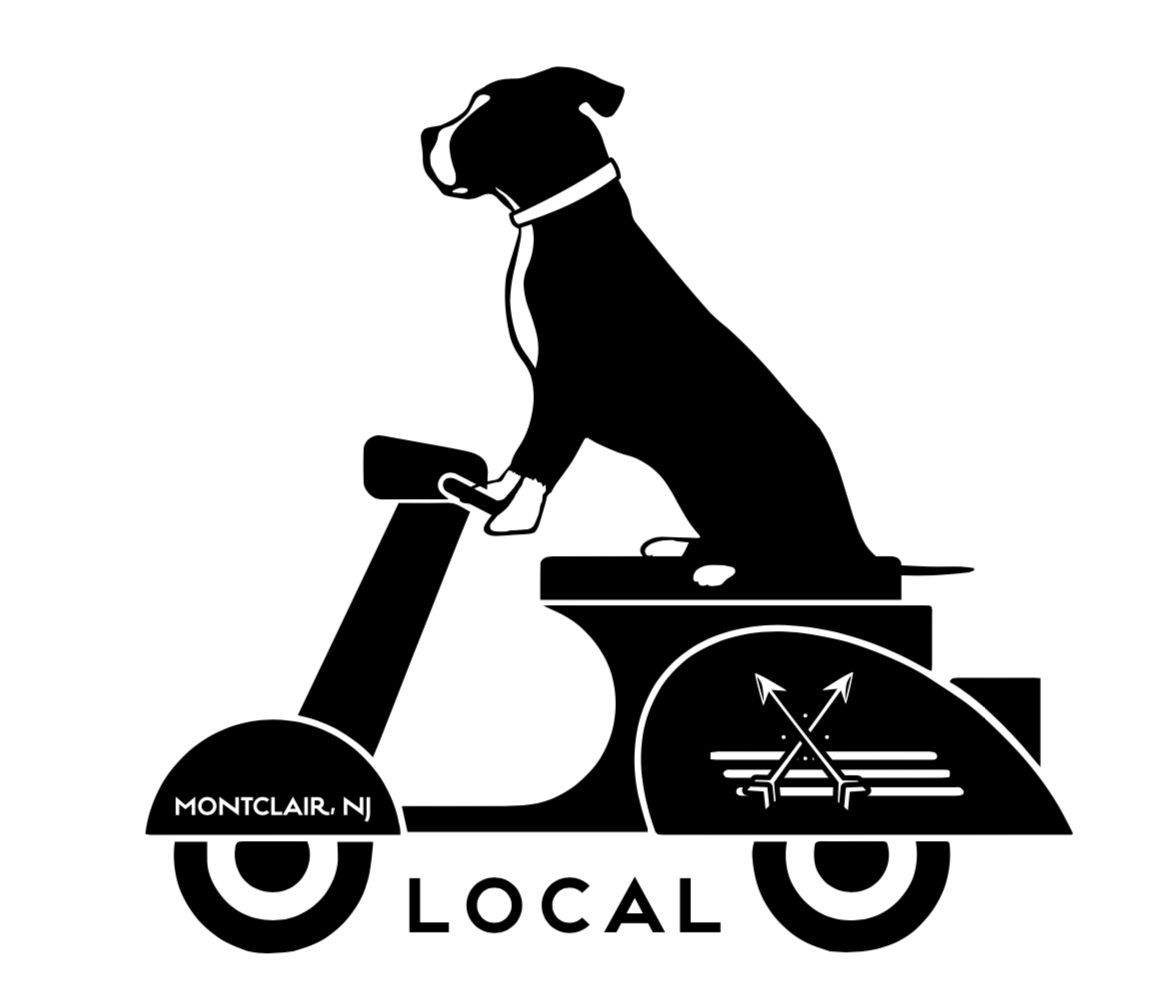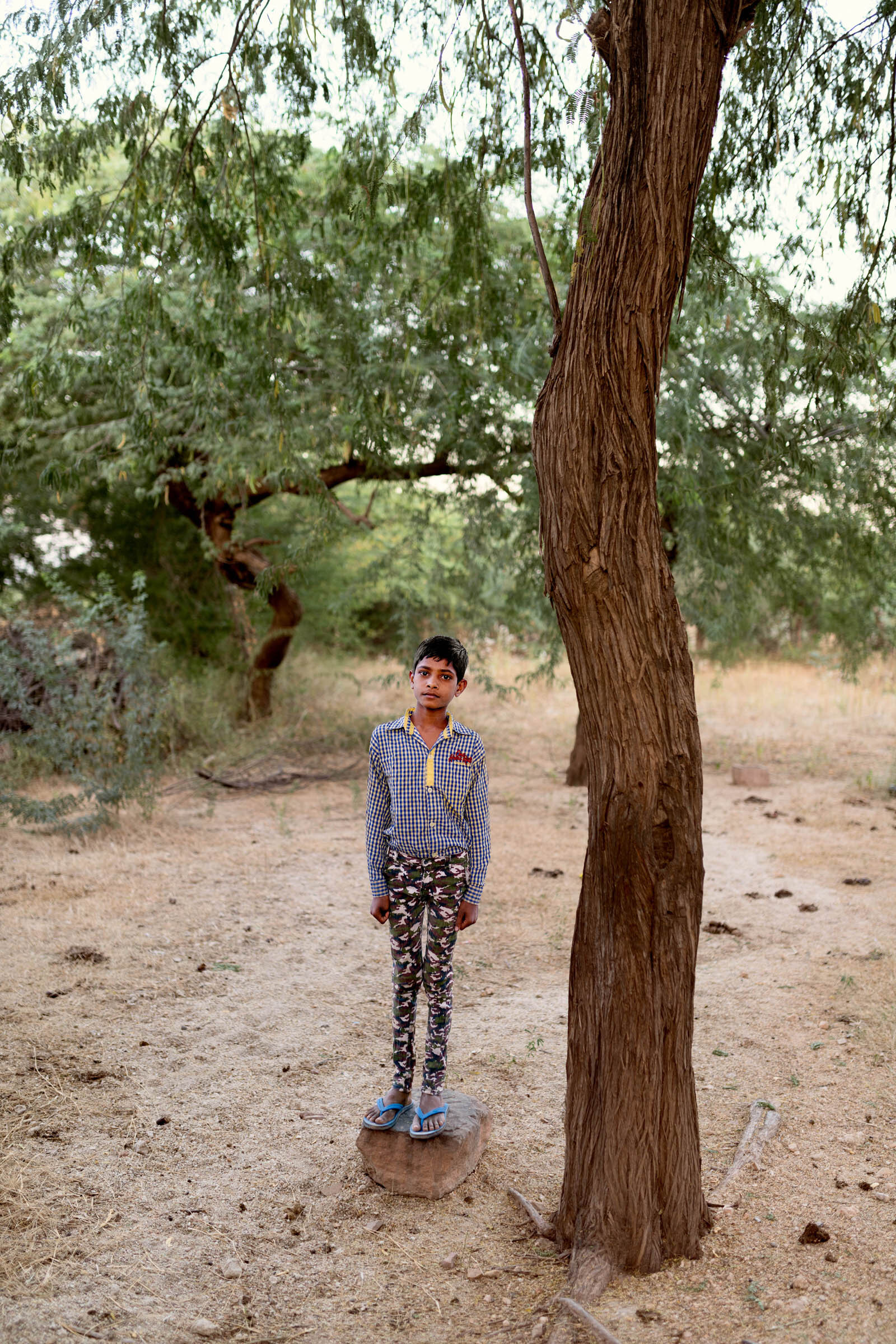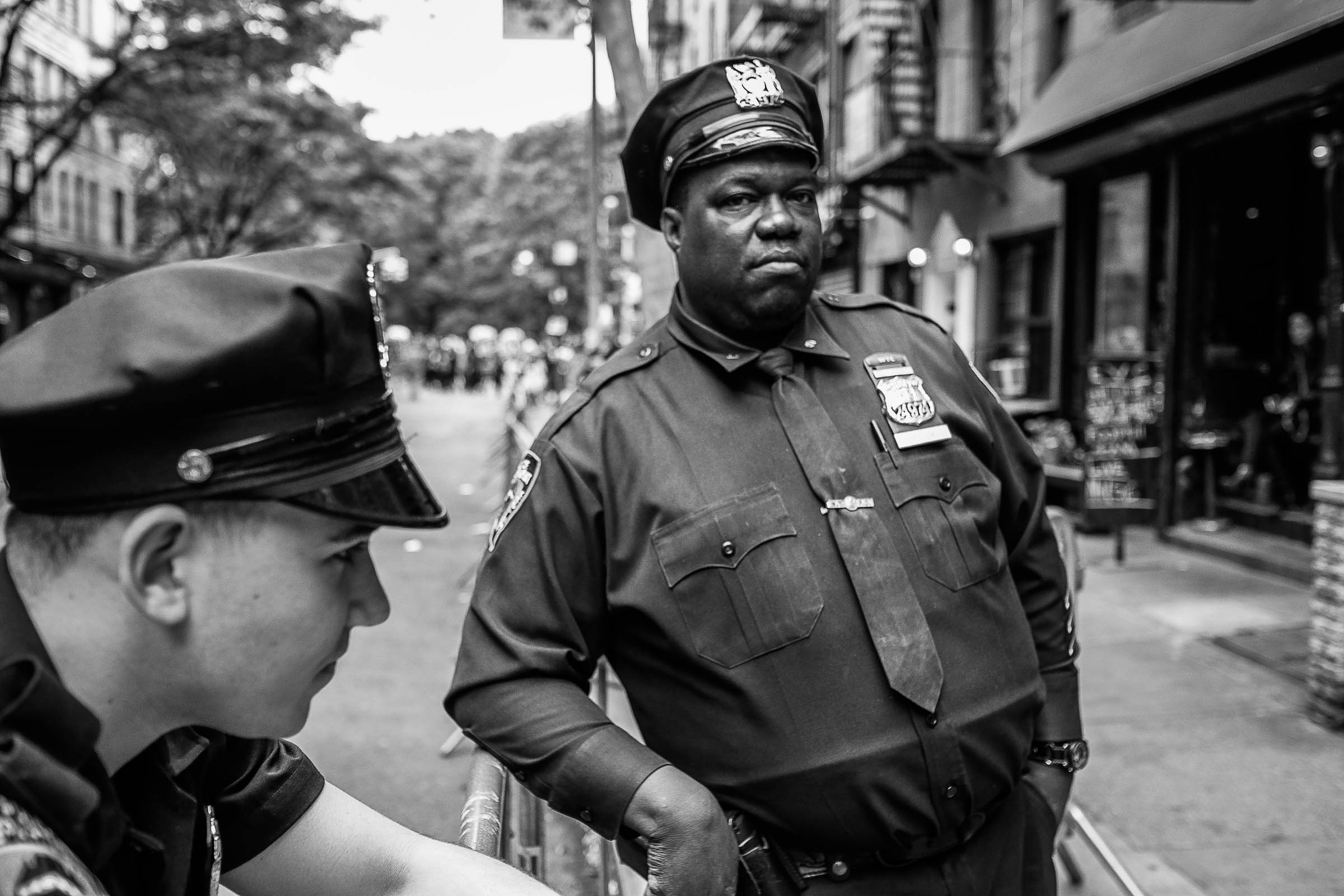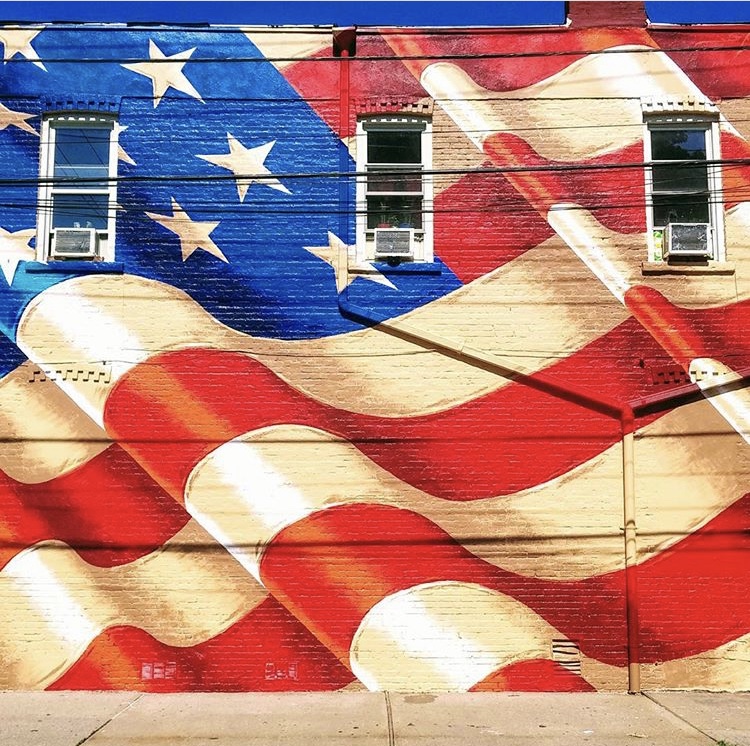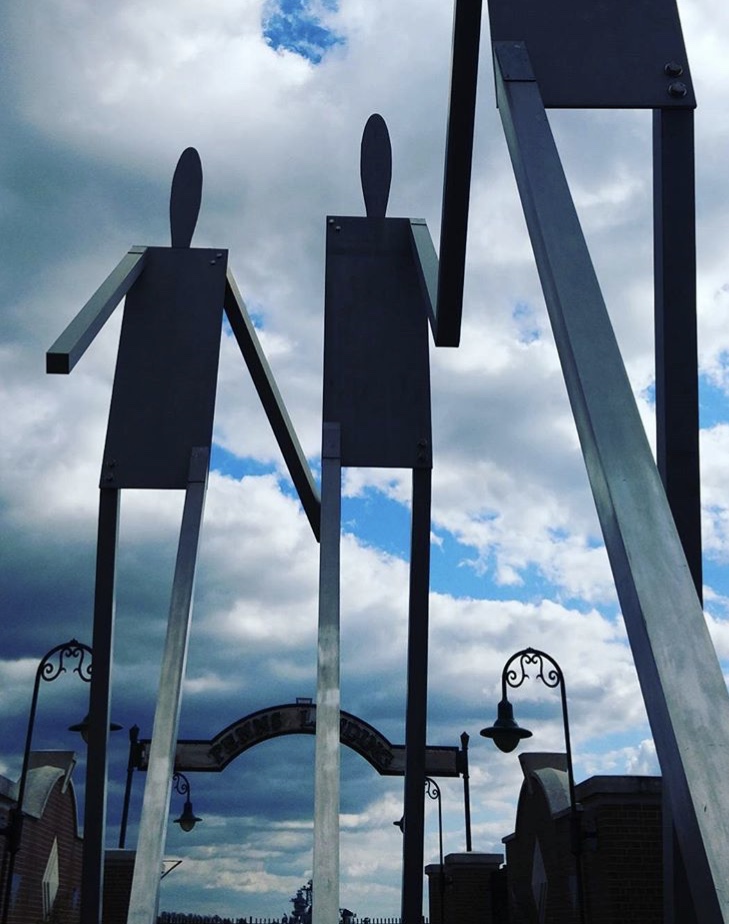Thank you for sharing your passion here at Local! Candidly, when we first met and you mentioned showcasing your portrait photography - I was a bit concerned as never turn away an artist but cringe when the work is anything but candid and too self serving. Your work is anything but! How did you arrive at such an awesome approach?
One of my earliest mentors was the incredibly talented photographerMichael O’Neill. He taught me that when doing purely editorial portraits for magazines, the point of it was to get the subjects to reveal something about themselves that they hadn’t planned on (or in some cases, didn’t want to). So much of my current assignment work is for advertising or public relations where the mission is to make the subjects look their best, and for the image to match the image of themselves (or that of the agency) that was decided in advance. You know, present themselves as they want to be seen. The challenge I gave myself for this project was to get my subjects to reveal something true about themselves. So I made myself available during the shoot by not being hidden behind the camera, and by engaging them in a real conversation. When they’re truly engaged in the conversation, they forget about posing. As a sidebar:the “set” I’ve been using so far was inspired by a portrait of a friend that I made 50 years ago when I was a student at The School of Visual Arts in NYC. I’d always liked it, and in the back of my mind, always wanted to embrace it again. In fact one of the subjects for this project was the fella from that portrait.
I'm sure your subjects understand this approach but do you ever hit a wall when a person will not open up? Is that when the water gun comes out?
Actually, no. Remember that everyone has been sort of pre-qualified in that they’ve been invited to participate in the project, so they know they’re being photographed, and that it’s an art project. I’ve found over the years when making any kind of portrait that it’s key to quickly establish a rapport, so I’m talking to them and engaging them from the moment they arrive. I like to think that they can tell that in this conversation, I’m really interested in them, and so they just become involved, thinking more about the conversation than the camera which is coincidentally firing.
I ask this question of our photographer artists...what do you think of the ubiquity of photography provided that cell phones now allow us to capture everything and with some degree of professional production levels? I ask this also having grown up at a time when film was precious and development took time and money.
It’s a two edged sword. While I love the idea of ordinary people documenting the meat and stuff of their lives; you know, the everyday moments that are the greater part of where and how we live, and even more significantly, what’s important to us beyond a shot of the Christmas tree, our kids on their first days of school, etc., you know, what really matters in their lives. I think that if I never see another iPhone photo of what someone has had for lunch, I’ll be ok. I think the line between the very important moments that we’d have recorded when film was precious, and the painfully mundane and pointless photographs made simply because they can be, isn’t fine at all. It’s fairly broad. A friend of mine once referred to the Selfie-Stick as “The Wand of Narcissism”.
I believe that in the midst of this sea of digital online snapshots, there will always be a place for the significant images that stand out, however they were made. If for no other reason than just because they will.
I spend a good amount of time with your images at the shop and come to appreciate all of the different gestures, facial expressions and levels of intensity. Can you recall what drove each of the respective shots?
Sorry, no. I can vouch that when I chose each frame as the one I wanted to use for each person, that frame did strike me as somewhat, I dunno, significant from the shoot. Each frame I chose, reminded me of the kind of experience I’d had with each subject during the shoot and frankly, reminded me of each subject.
Tough question but out of the countless images that you have captured, is there possibly a favorite?
This is a really tough one. Kind of like asking a parent if they have a favorite child. I can say that “Kate” is one that I really like because I know her to be a kind of bubbly, smiley, suburban mom of 4, but in her portrait she looks like a French movie star. She’s a talented photojournalist, and she lets that serious side of her rarely seen. I’m also sentimental about “Paul” whom in his portrait appears to be sharing a secret, which, in effect he was. “Mary” was a psychiatric nurse practitioner with a doctorate who prior to her retirement did counseling. Socially, she’s a very happy person with an easy smile, but engage her in a conversation, and that incredible focussed listening that she trained to do shows up. Both “Zach” and “Phoebe” are two people I know who can give you a joke for any subject you can think of. They are both caught mid-story, though I think neither would allow themselves to be seen that way if I were behind the camera instead of next to it. I love the portrait of “Tracey” simply because she so easily slipped out of the I’m-Posing mindset. See what I mean? You could pick any one of the portraits on the wall, I’d tell you why I thought that one was my favorite. In my heart: they all are. Or I’m just that capricious.
As a portrait photographer, where else do you find creative inspiration?
I like to cook. I always have since I was a kid. I’m not a fancy cook, I tend to stay within the realm of “family style” cooking. There’s something about the process of cooking food and then sharing it with people, breaking bread together, that’s not unlike, to me, the communal process of making photographic portraits. Likewise, I do a lot of assignments that have to do with food, and people who make it.
Learn more about Dan here: Dan Epstein Photography
